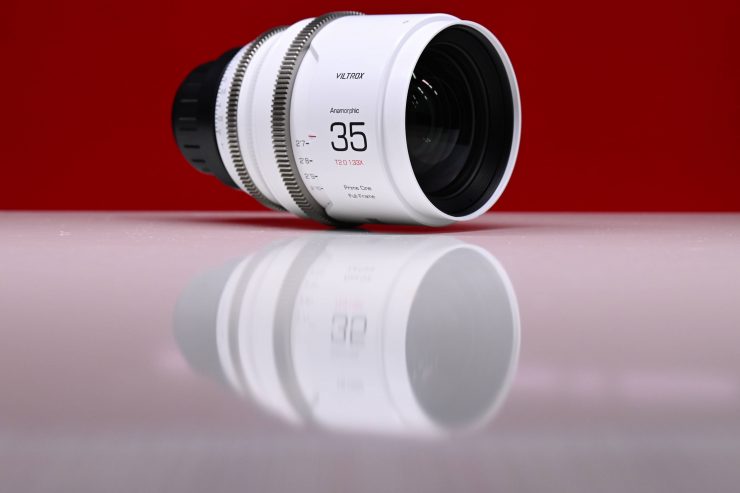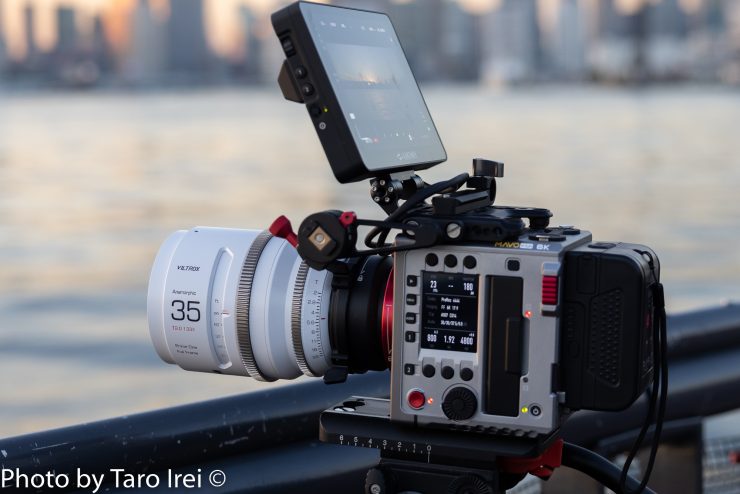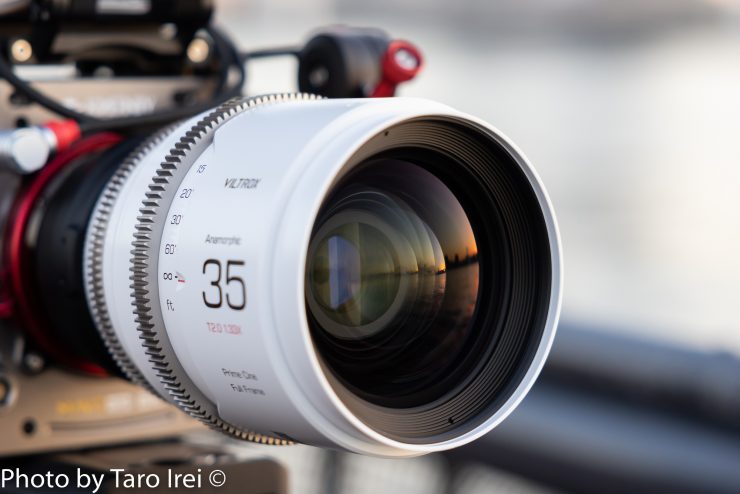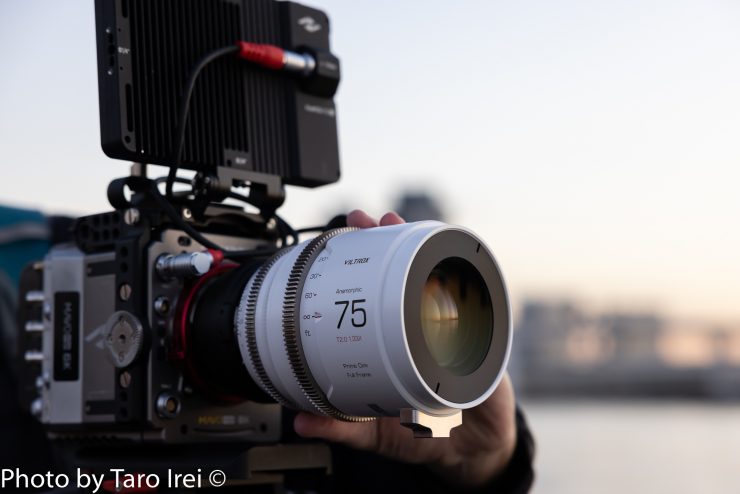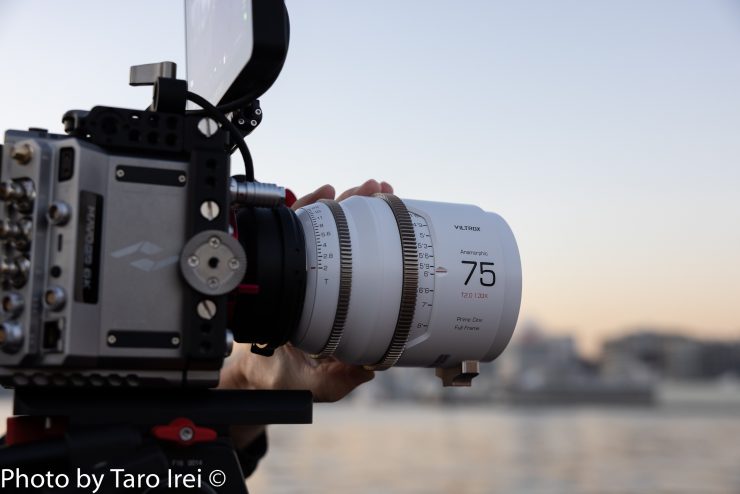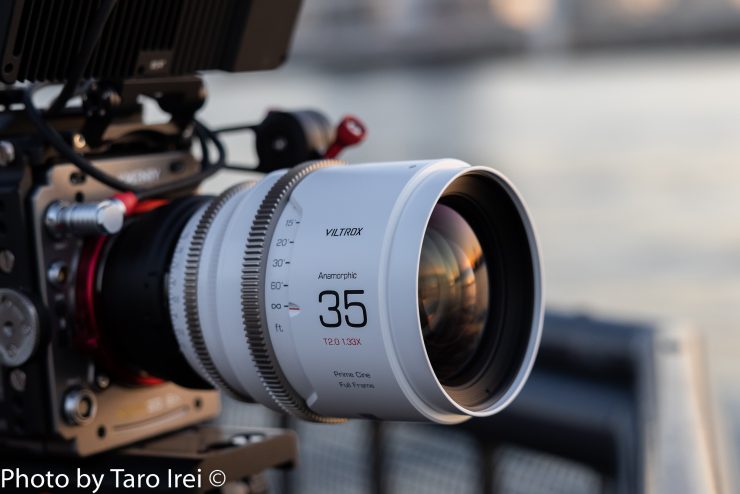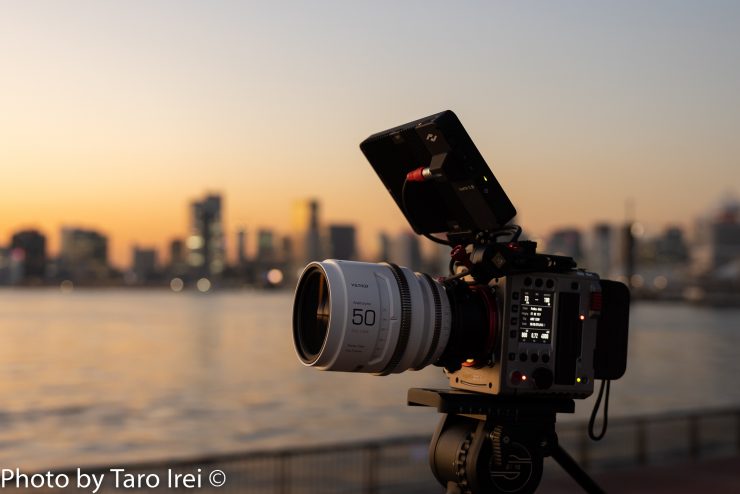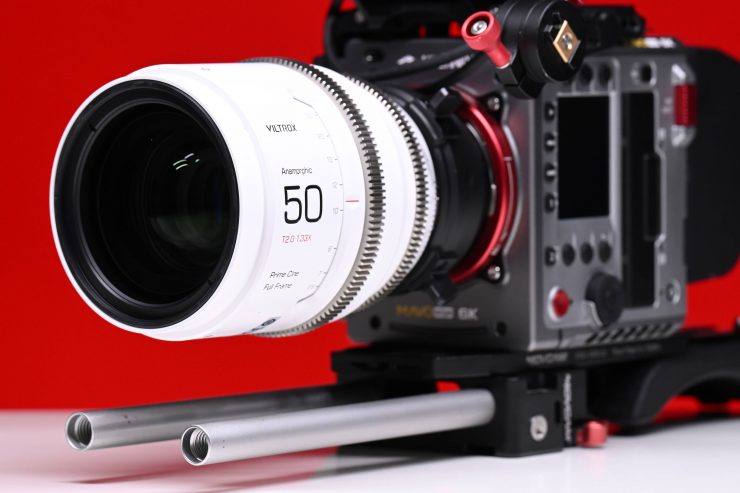
The VILTROX 35mm, 50mm, 75mm T2.0 1.33X PL Mount Anamorphic Prime Cine Lenses that I recently reviewed on the site are now available to order.
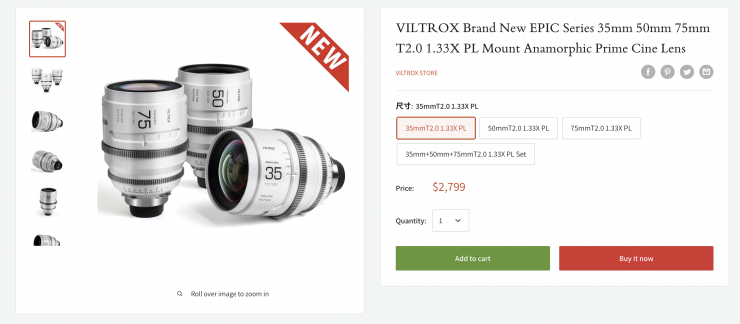
As I mentioned in my review, the 35mm T2.0, 50mm T2.0, and 75mm T2.0 retail for $2,799 USD and you can also buy all three lenses in a set for $7,899 USD.
If you are not familiar with the VILTROX T2.0 1.33X PL Mount Anamorphic Prime Cine lenses they were designed to deliver a 2.39:1 aspect ratio from 16:9 cameras. This is useful if you want to shoot anamorphic with cameras that don’t have the ability to shoot in a 4:3 aspect ratio or open gate.
What sets the Viltrox lenses apart is that, at least to my knowledge, they are the only set of 1.33x anamorphic lenses that cover full frame on the market. Yes, the SLR Magic 1.33x Anamorphot-CINE 50mm T2.8 and 70mm T4 cover full frame, but the 35mm T2.4 doesn’t.
We have started to see quite a few budget anamorphic lenses flood the market in the last year or so from companies such as Laowa, Vazen, and Great Joy.
Competing companies such as Laowa chose to adopt a 1.5x squeeze design to balance the anamorphic characters as well as the resolution of the image. The 1.5x squeeze can produce a cinematic widescreen 2.39:1 aspect when paired up with 4:3 sensors. When paired up with 16:9 sensors, much less data (than 2X anamorphic lens) is needed to be cropped away to create the desired 2.39:1 ratio.
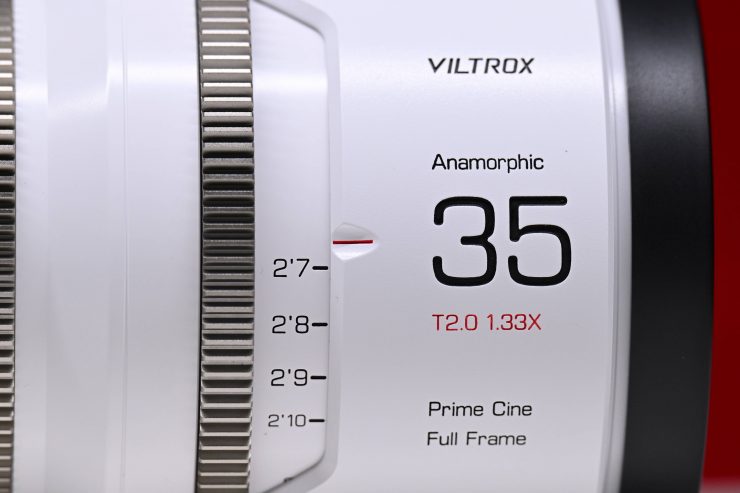
In a lot of ways, particularly for lenses at this price, Viltrox’s decision to go with a 1.33x anamorphic makes a lot more sense than going with a 1.8x or 2x. 1.33x is more versatile and it allows the lens to be used on more cameras, although you could make that argument for 1.5x as well. Making a 1.33x anamorphic is also a lot easier than creating a 1.8x or 2x anamorphic.
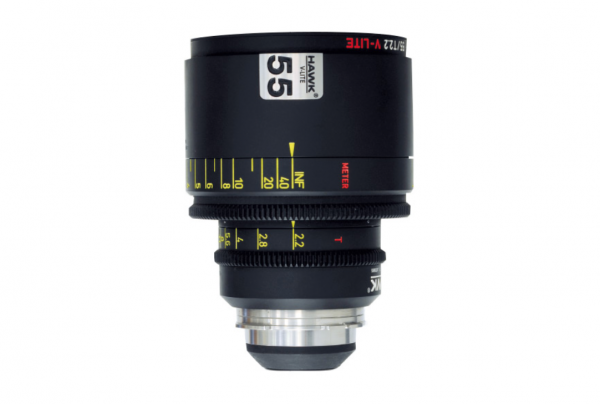
When we usually think about anamorphic lenses we think of lenses that are 1.8x or 2x, and not 1.33x. There are very few 1.33x anamorphic lenses on the market, except for the SIRUI 1.33x, SLR Magic 1.33x Anamorphot-CINE, and the Hawk 1.3x (which are very expensive), but none of those options completely cover full frame. The SLR Magic 1.33x Anamorphot-CINE 50 and 75mm do cover full frame, but the 35 does not.
As you can use any of these 1.33x lenses on any 16:9 sensor camera as well as with cameras such as the ARRI Amira, Panasonic GH5/GH5s/GH6, Panasonic S5/S1H, and BMPCC 6K PRO in their 1.3x anamorphic modes, the Viltrox 1.33x Full Frame Anamorphic Lenses are certainly a very versatile lens.
The Viltrox 1.33x Full Frame series are complete, one-piece, anamorphic lenses. The lenses come in focal lengths of 35mm T2, 50mm T2, and 75mm T2. The lenses are suitable for use with cameras that have a full frame or S35 sensor, and they allow you to record an image with a wider aspect ratio than your sensor’s native aspect ratio without cropping your image. As you aren’t cropping into your image, this helps to maximize the resolution you can obtain.
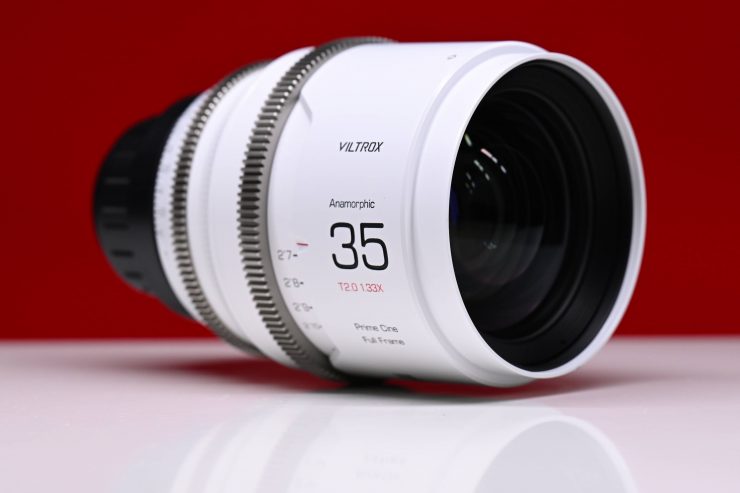
The lenses have geared focus and iris rings, and a 95mm front diameter.
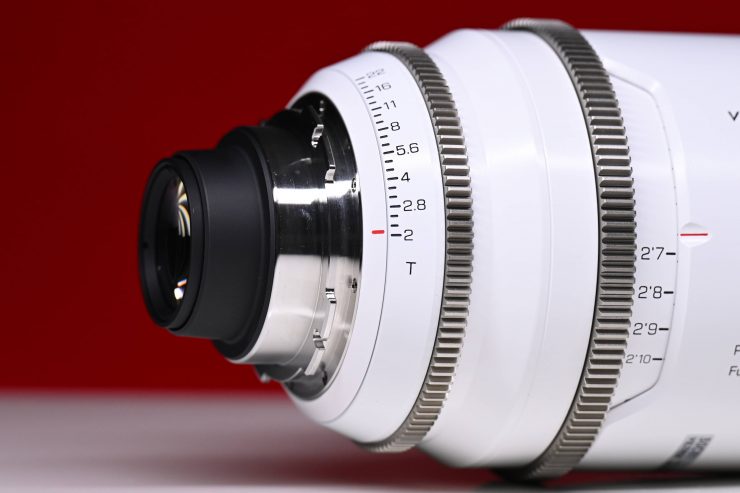
The geared focus and iris rings allow you to use follow focus units or lens motors.
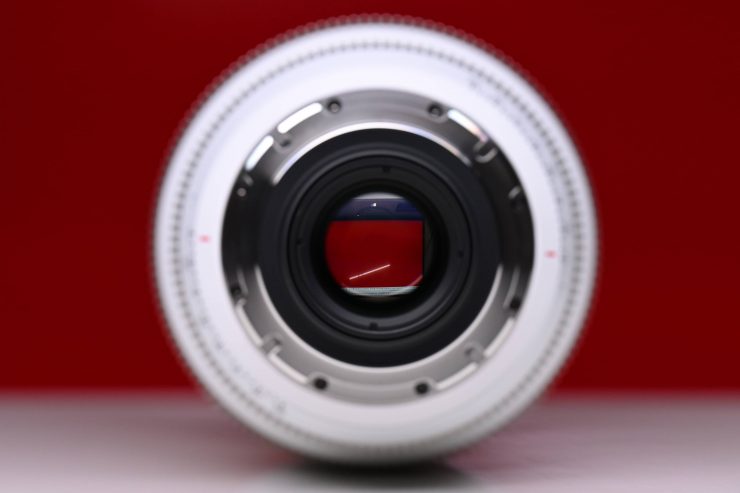
The lenses are currently only available in PL mount, however, at the time of reviewing them VILTROX told me that they will also be available in Sony E, Nikon Z, and Leica L mount. The mount is also interchangeable which is a nice touch. Now, I am not sure if this has changed or not, because VILTROX doesn’t list any of the other mounts as being available.
The Viltrox 1.33x full frame anamorphic lenses offer a good balance of build quality and optical performance. There really aren’t many 1.33x anamorphic lenses to choose from and they really do fill a niche place in the market. The ability to use them on regular 16:9 sensor cameras is a big deal and in some ways, it makes them a little bit more versatile than 1.8x or 2x anamorphic lenses.
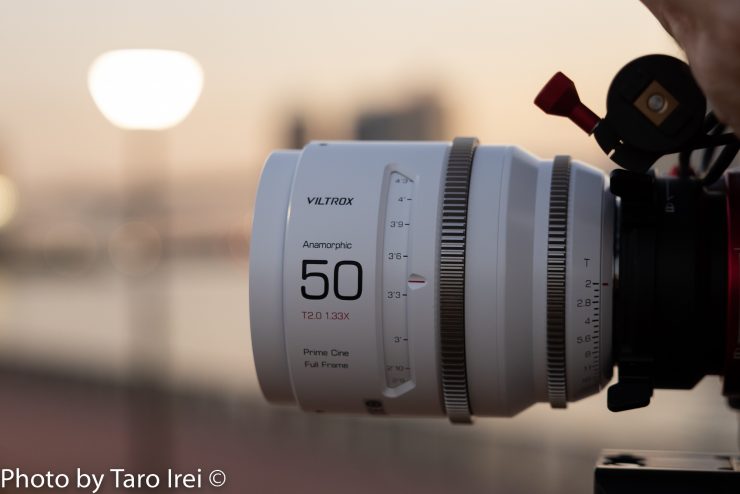
Whether or not buying a 1.33x lens makes sense if you want to shoot anamorphic is bound to draw strong opinions from different people. With quite a few 1.5/1.6/1.8x options now available, 1.33x is potentially going to be a hard sell.
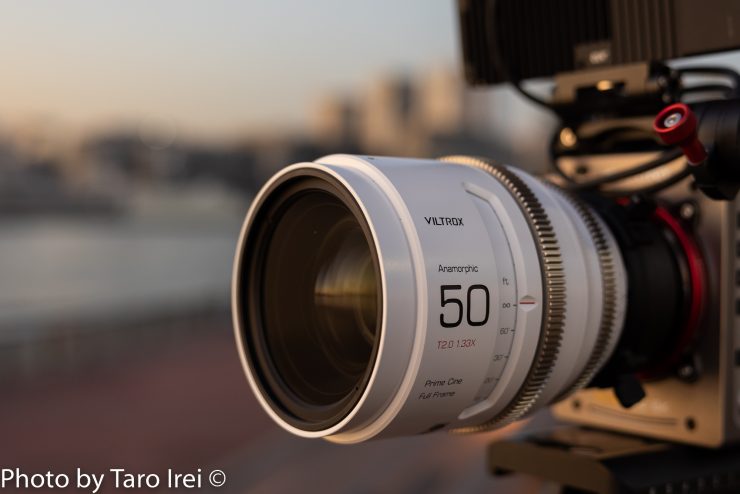
The lenses have very little barrel distortion, no real signs of chromatic aberration, and the breathing is very well controlled. They retain a good amount of contrast and their color tone is quite neutral. I did find that the blue streaks were a bit too harsh for my liking, but they are more pleasing than the streaks you get on the Laowa and Sirui anamorphic lenses.
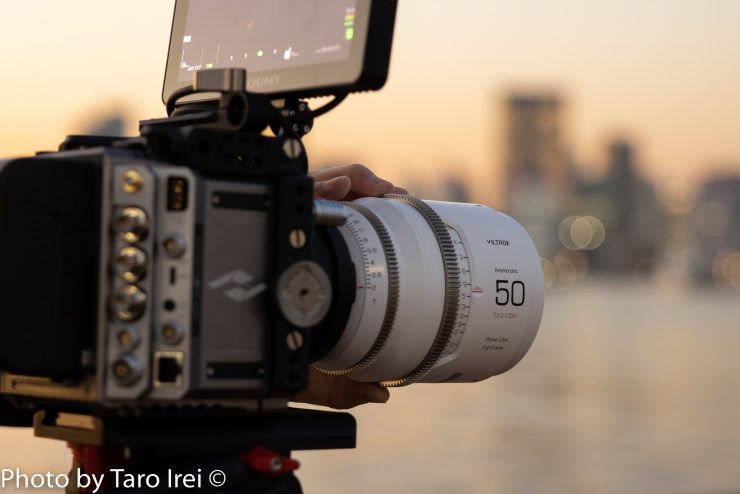
The lenses are very solidly made and constructed and I think Viltrox has done a reasonably good job with this set. Are they going to be as good as other more expensive anamorphic lenses, no they aren’t, but at their price point I wouldn’t expect them to be. They do, however, face very stiff competition from a bevy of affordable anamorphic lenses that have started to flood the market in the last year or so.
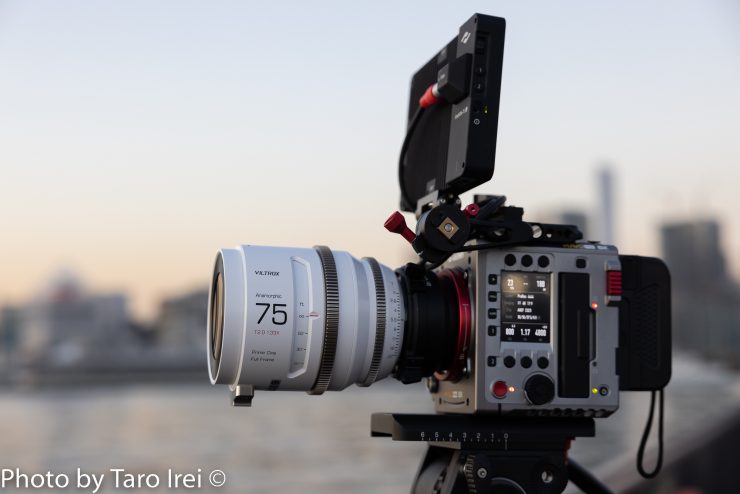
If you are an owner/operator and are looking to own a set of reasonably affordable anamorphic lenses that you could use on just about any camera then the Viltrox is worth considering. While they certainly aren’t going to be lenses for everyone, they may be a good option for rental houses due to their build quality.
I quite liked using the Viltrox 1.33x Full Frame Anamorphic lenses as they were easy to operate and they create nice images. It is good to have more anamorphic options on the market so that there is more choice for the end user.

